NaturPro Scientific are natural product, cannabis and CBD experts, with over 30 years of experience. Our experience includes:
- Currently serve on ASTM International and American Herbal Products Association (AHPA) Cannabis Committees
- Supported the development of operating standards and wrote standard operating procedures (SOP) for Good Manufacturing Practices (GMP) for cannabis standards‐setting organization, currently under review by ASTM International
- Currently serve as regulatory and quality assurance consultant for hemp industry and trade organizations
- Founding member of new self regulatory organization for hemp and CBD products
- Coordinated initial R&D, production, quality assurance and regulatory affairs for a cannabis startup with operations in Washington, Colorado and Nevada
- Assisted in development of cannabis license applications in New York, Florida, California, Colorado and Louisiana
- Established analytical testing standards and guidelines for potency and purity of cannabis products
- Audited cannabis analytical laboratory data according to ISO 17025 standards
- Developed in‐house formulas, materials lists, manufacturing processes, manufacturing records and operational guidelines for cannabis extract and finished product production
- Developed R&D for and commercial processes for large‐scale extraction and purification of cannabinoids and terpenes from cannabis
- Developed products with improved dose delivery methods including water soluble and precise cannabinoid ratio products
————-
What do CBD and Cannabis experts do?
We write SOP and provide expert guidance:
Cannabis & Hemp Procedures and SOP (Standard Operating Procedures) are the central part of operations of any cultivation, extraction, processing, packaging or testing business. Startups who invest in solid standard operating procedures (SOP) find themselves several steps ahead, running efficiently, with well-trained staff, and don’t suffer any costly mistakes. Cannabis SOP are required by each state where cannabis, marijuana or hemp are regulated.
Any cannabis, hemp, medical or adult-use (recreational) marijuana product is subject to a number of controls, from seed to shelf. NaturPro Scientific has supported a number of clients in the aim of providing safe, effective cannabis and hemp products to support human health.
Our services for CBD, cannabis and hemp include:
- Regulatory Submissions and Licenses
- Standard Operating Procedures (SOP)
- Good Manufacturing Practices (GMP)
- Food Safety Programs
- Gap Analysis and Audits
- Extraction and Production Processes
- Lab Safety and Hazardous Materials Handling
- Advanced Formulations
- Supplier and Vendor Qualification
- New Product Development
- Analytical Test Method and Laboratory Development,
- Materials Testing & Certificates of Analysis
- Operations, Facilities, Staffing & Training
- Investor Due Diligence
- Risk Assessment, Prevention & Management
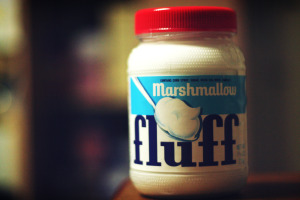 Why should your customer pick your product or ingredient over all the others? Because they are able to communicate it’s value.
Why should your customer pick your product or ingredient over all the others? Because they are able to communicate it’s value.
 Validation of matrix-specific methods across multiple laboratories address these challenges, however few methods have been validated to the extent required to be confident in the results. An example from the nutrition field: the inherent challenges in quantification of vitamin D (a pure compound and age-old vitamin, no less!)
Validation of matrix-specific methods across multiple laboratories address these challenges, however few methods have been validated to the extent required to be confident in the results. An example from the nutrition field: the inherent challenges in quantification of vitamin D (a pure compound and age-old vitamin, no less!) The true test of scientific validity is when multiple labs running different methods achieve the same result, especially when they are blinded as to the expected result.
The true test of scientific validity is when multiple labs running different methods achieve the same result, especially when they are blinded as to the expected result.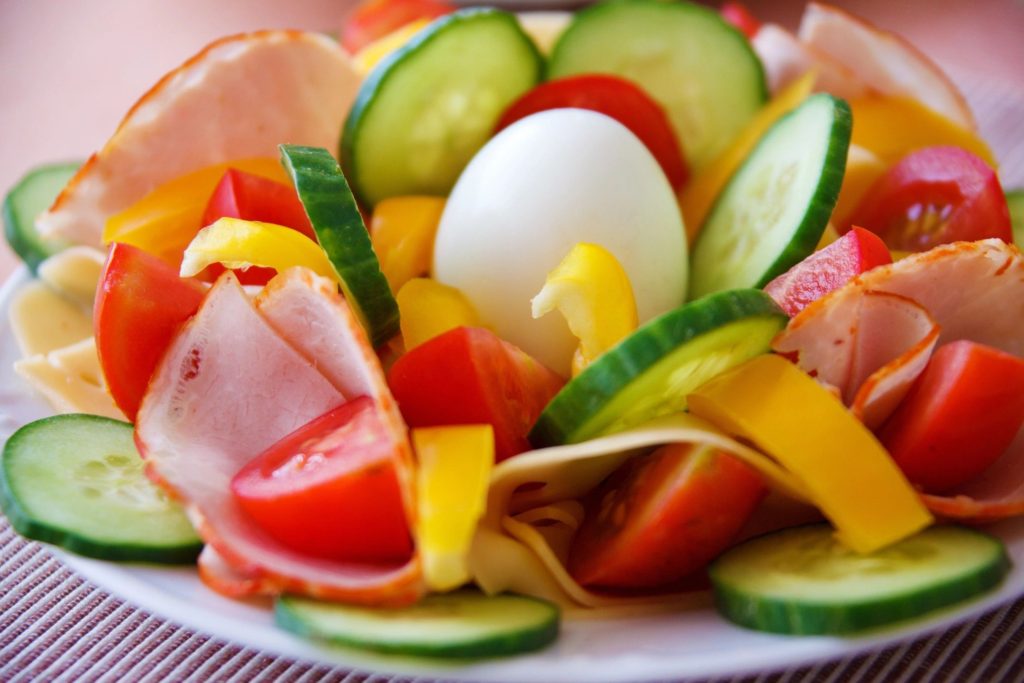
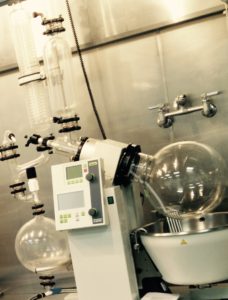
 Today’s analytical technology to measure analytes in complex mixtures is way ahead of the not-too-distant past, but now we understand a mitigating factor: that with greater power and resolution comes an increasing number of factors that may cause test results to be inaccurate or imprecise.
Today’s analytical technology to measure analytes in complex mixtures is way ahead of the not-too-distant past, but now we understand a mitigating factor: that with greater power and resolution comes an increasing number of factors that may cause test results to be inaccurate or imprecise.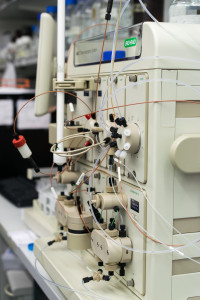
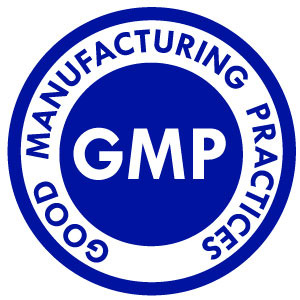 Exciting stuff, all this mystery, which we eventually find answers to through validation and repetitious testing. While it’s difficult to predict analytical uncertainty, the point is to control it to the extent possible, hopefully to within 5-10% of your expected result — not bad compared to the 20% tolerance limit required by pharmaceuticals.
Exciting stuff, all this mystery, which we eventually find answers to through validation and repetitious testing. While it’s difficult to predict analytical uncertainty, the point is to control it to the extent possible, hopefully to within 5-10% of your expected result — not bad compared to the 20% tolerance limit required by pharmaceuticals.

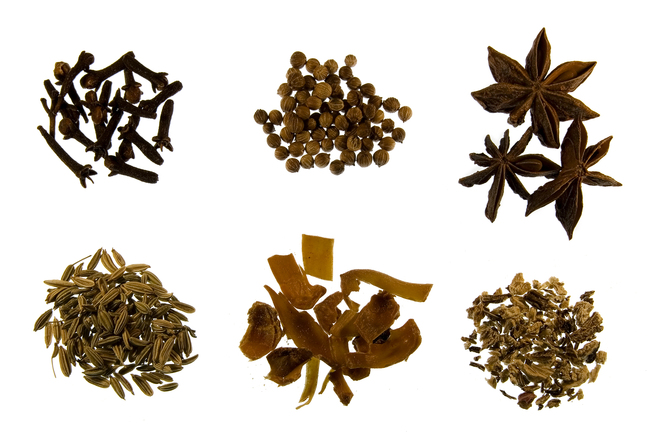
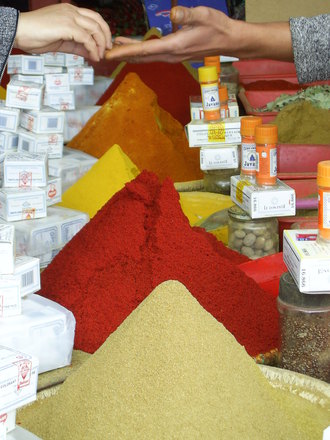 On the other side of getting enough of the active compound absorbed to make a difference is the argument for moderation. Again, we seek to know what the relationship is between the amount of dose and the health benefit observed, and no two natural compounds are exactly alike in this way. The scientific results can be hard to predict. For example, in cell culture experiments where one biological mechanism is isolated, it is common and desirable to see the response increase as the dose increases. But for human trials, more does not always mean better. In one example, daily low dose (750 mg) of rosemary marginally improved cognitive function in elderly adults, but the higher 6-gram dose did not.4
On the other side of getting enough of the active compound absorbed to make a difference is the argument for moderation. Again, we seek to know what the relationship is between the amount of dose and the health benefit observed, and no two natural compounds are exactly alike in this way. The scientific results can be hard to predict. For example, in cell culture experiments where one biological mechanism is isolated, it is common and desirable to see the response increase as the dose increases. But for human trials, more does not always mean better. In one example, daily low dose (750 mg) of rosemary marginally improved cognitive function in elderly adults, but the higher 6-gram dose did not.4